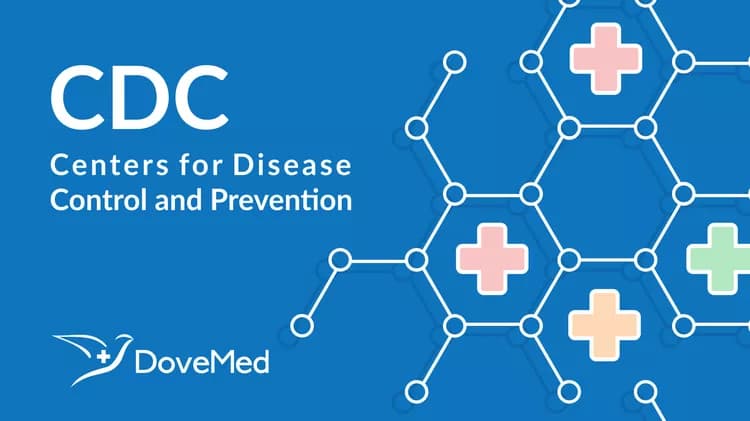
CDC Data Confirm: Progress In HIV Prevention Has Stalled
CDC data confirm: Progress in HIV prevention has stalled
Need for immediate action —
‘Ending the Epidemic: A Plan for America’
The dramatic decline in annual HIV infections has stopped and new infections have stabilized in recent years, according to a CDC report published today.
The report provides the most recent data on HIV trends in America from 2010 to 2016. It shows that after about five years of substantial declines, the number of HIV infections began to level off in 2013 at about 39,000 infections per year.
“Now is the time for our Nation to take bold action. We strongly support President Trump’s plan to end the HIV epidemic in America,” said CDC Director Robert R. Redfield, M.D. “We must move beyond the status quo to end the HIV epidemic in America.”
The ‘Ending the HIV Epidemic’ Initiative
During his State of the Union address to the nation on Feb. 5, President Trump called for support of a national plan
external icon
to end the HIV epidemic in America that is built upon four key strategies, including:
Diagnosing HIV as early as possible after infection.
Treating HIV rapidly and effectively to achieve sustained viral suppression.
Protecting people at risk for HIV using proven prevention approaches like pre-exposure prophylaxis (PrEP), a daily pill to prevent HIV.
Responding rapidly to growing HIV clusters to stop new infections.
The proposed initiative is designed to rapidly increase use of these strategies in the 48 counties with the highest HIV burden, as well as in Washington, D.C.; San Juan, Puerto Rico; and seven states with a disproportionate rural HIV burden. The goal is to reduce new HIV infections by 90 percent over 10 years. (For more details: HIV.gov
external icon
.)
“We have an historic opportunity to improve the precision of prevention,” said Jonathan Mermin, M.D., M.P.H., director, CDC’s National Center for HIV/AIDS, Viral Hepatitis, STD and TB Prevention. “This infusion of resources will finally relegate America’s HIV epidemic to the pages of history.
New HIV Infections in America
In addition to the overall trend, the new report examines HIV infections among multiple subgroups. Data indicate that annual HIV infections declined in some populations, but increased in others. CDC estimates that from 2010 to 2016, annual HIV infections:
Remained stable among gay and bisexual men, who continue to account for the largest portion (about 70 percent) of new infections. However, trends varied by race/ethnicity and age:
By race/ethnicity, infections remained stable among black gay and bisexual men; increased 30 percent among Latino gay and bisexual men; and decreased 16 percent among white gay and bisexual men.
By race/ethnicity and age, infections decreased more than 30 percent among black gay and bisexual males ages 13 to 24; remained stable among Latino gay and bisexual males ages 13 to 24; and increased about 65 percent among both black and Latino gay and bisexual males ages 25 to 34.
Decreased about 17 percent among heterosexual men and women combined, including a 15 percent decrease among heterosexual African American women.
Decreased 30 percent among people who inject drugs, but appear to have stabilized in more recent years.
CDC estimates that the decline in HIV infections has plateaued because effective HIV prevention and treatment are not adequately reaching those who could most benefit from them. These gaps remain particularly troublesome in rural areas and in the South and among disproportionately affected populations like African-Americans and Latinos.
“After a decades-long struggle, the path to eliminate America’s HIV epidemic is clear,” says Eugene McCray, M.D., director of CDC’s Division of HIV/AIDS Prevention. “Expanding efforts across the country will close gaps, overcome threats, and turn around troublesome trends.”
HIV Prevention that Works
Some intensified local efforts to prevent HIV have already proven effective. For example, urban areas like New York and Washington, D.C., have developed and enacted plans to eliminate their local HIV epidemics — and they are seeing the results of those commitments. New HIV infections decreased about 23 percent in New York and about 40 percent in Washington, D.C., from 2010 to 2016.
CDC provides funds to state health departments and some large local health departments and community-based organizations to deliver interventions proven to reduce HIV infections. Click here for more information about CDC’s approach to HIV prevention. The new initiative would supplement and accelerate these efforts over the next 10 years.
###
U.S. DEPARTMENT OF HEALTH AND HUMAN SERVICES
Related Articles
Test Your Knowledge
Asked by users
Related Centers
Related Specialties
Related Physicians
Related Procedures
Related Resources
Join DoveHubs
and connect with fellow professionals

0 Comments
Please log in to post a comment.